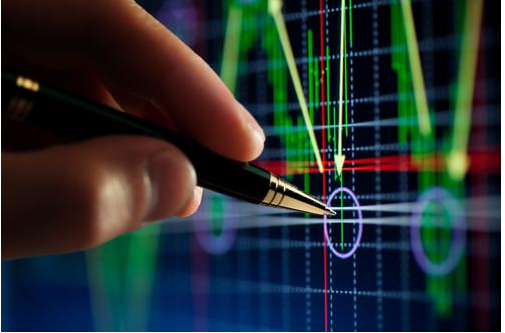Machine Learning and the NCAA Men’s Basketball Tournament Methodology
<<This article is meant to be the technical document following the above article. Please read the following article before continuing.>>
“The past may not be the best predictor of the future, but it is really the only tool we have”
Before we delve into the “how” of the methodology, it is important to understand “what” we were going for: A set of characteristics that would indicate that a lower seed would win. We use machine learning to look through a large collection of characteristics and it finds a result set of characteristics that maximizes the number of lower seed wins while simultaneously minimizing lower seed losses. We then apply the result set as a filter to new games. The new games that make it through the filter are predicted as more likely to have the lower seed win. What we have achieved is a set of criteria that are most predictive of a lower seed winning.
This result set is fundamentally different than an approach trying to determine the results of all new games whereby an attempt is made to find result set that would apply to all new games. There is a level of complexity and ambiguity with a universal model which is another discussion entirely. By focusing in on one result set (lower seed win) we can get a result that is more predictive than attempting to predict all games.
This type of predictive result set has great applications in business. What is the combination of characteristics that best predict a repeat customer? What is the combination of characteristics that best predict a more profitable customer? What is the combination of characteristics that best predict an on time delivery? This is different from just trying to forecast a demand by using a demand signal combined with additional data to help forecast. Think of it as the difference between a stock picker that picks stocks most likely to rise vs. forecasting how far up or down a specific stock will go. The former is key for choosing stocks the later for rating stocks you already own.
One of the reasons we chose “lower seed wins” is that there is an opportunity in almost all games played in the NCAA tournament for there to be a data point. There are several games where identical seeds play. Most notably, the first four games do involve identical seeds and the final four can possibly have identical seeds. However, that still gives us roughly 60 or so games a year. The more data we have, the better predictions we get.
The second needed item is more characteristics. For our lower seed win we had >200 different characteristics for years 2012-2015. We used the difference between the characteristics of the two teams as the selection. We could have used the absolute characteristics for both teams as well. As the analysis is executed, if a characteristic is un-needed it is ignored. What the ML creates is a combination of characteristics. We call our tool, “Evolutionary Analysis”. It works by adjusting the combinations in an ever improving manner to get result. There is a little more in the logic that allows for other aspects of optimization, but the core of Evolutionary Analysis is finding a result set.
The result set was then used as a filter on 2016 to confirm that the result is predictive. It is possible that the result set from 2012-2015 doesn’t actually predict 2016 results. Our current result set as a filter on 2016 data had 47% underdog wins vs. the overall population. The historic average is 26% lower seed wins and randomly, the 47% underdog win result could happen about 3.4% of the time. Our current result is therefore highly probable as a predictive filter.
The last step in the process is to look at those filter criteria that have been chosen and to check to see if they are believable. For example, one of the criteria that was Defensive Efficiency Rank. Evolutionary Analysis chose a lower limit of … well it set a lower limit, let’s just say that. This makes sense, if a lower seed has a defense that is ranked so far inferior to the higher seed, it is unlikely to prevail. A counter example is that the number of blocks per game was not a criteria that was chosen. In fact, most of the >200 criteria were not used, but that handful of around ten criteria set the filter that chooses a population of games that is more likely to contain a lower seed winning.
And that is one of the powerful aspects of this type of analysis, you don’t get the one key driver, or even two metrics that have a correlation. You get a whole set of filters that points to a collection of results that deviates from the “normal”.
Please join us as we test our result set this year. We’ll see if we get around 47%. Should be interesting!
If you have questions on this type of analysis or machine learning in general, please don’t hesitate to contact Gordon Summers of Cabri Group (Gordon.Summers@CabriGroup.com) or Nate Watson at CAN (nate@canworksmart.com).
**Disclaimer: Any handicapping sports odds information contained herein is for entertainment purposes only. Neither CAN nor Cabri Group condone using this information to contravene any law or statute; it’s up to you to determine whether gambling is legal in your jurisdiction. This information is not associated with nor is it endorsed by any professional or collegiate league, association or team. Machine Learning can be done by anyone, but is done best with professional guidance.



